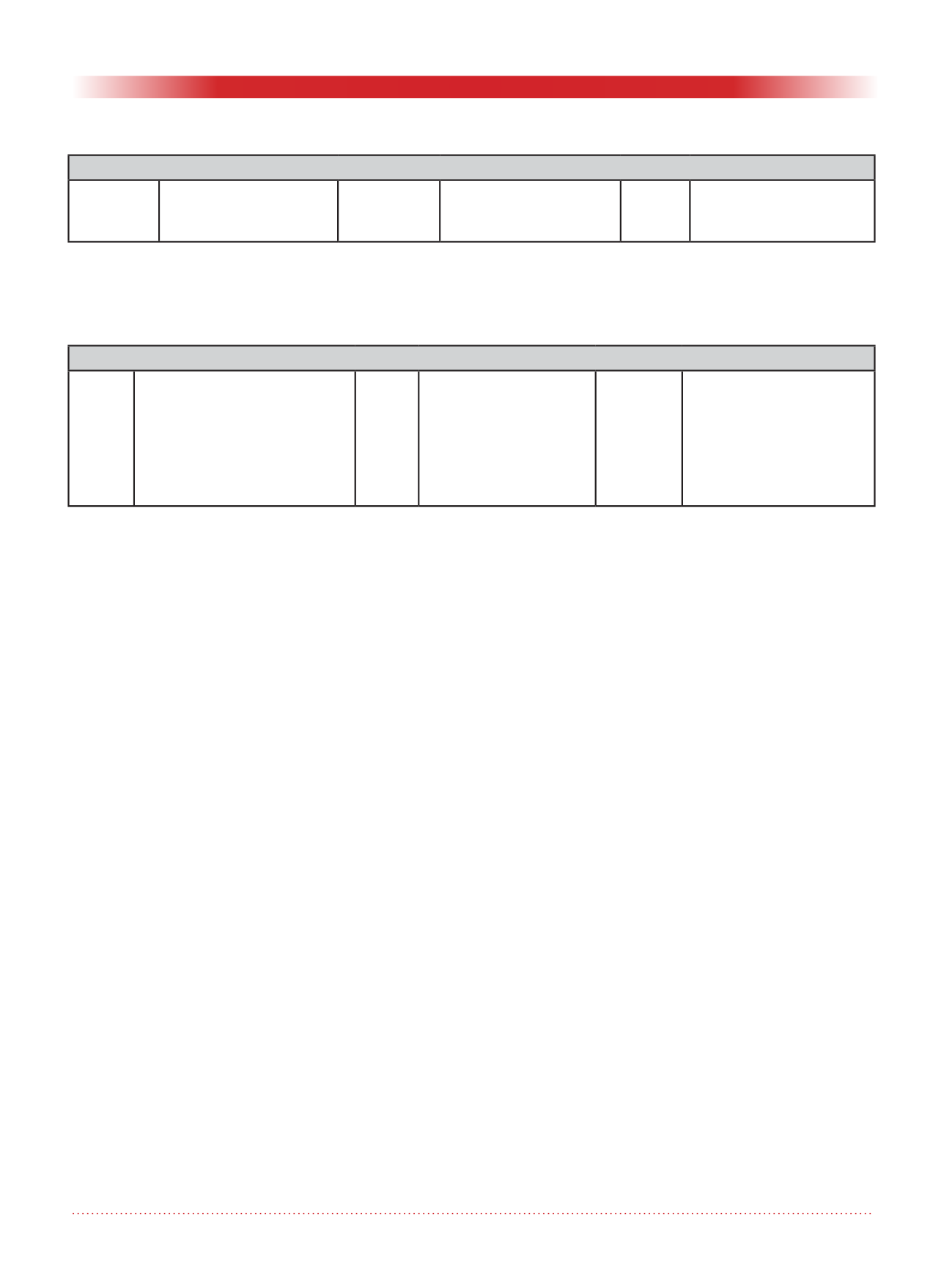
36
Geotechnical News • June 2018
GEOHAZARDS
and representation of soil strength, as
presented below.
There was some excellent discussion
with the participants regarding the
selected topics presented. A series
of flow charts were drafted for the
workshop that we hope will assist
the analyst with the consideration of
the various input considerations to an
analysis, including:
• Geometry of the dam / structure;
• Identifying behaviour (contractive/
dilative) of the various elements
of the system under a variety of
conditions and credible triggers;
• Assignment of appropriate strength
parameters;
• Consideration of the consequences
of failure;
• Selection of appropriate target fac-
tor of safety;
• Determination whether large strains
may occur, potentially necessitat-
ing post-peak analysis;
The CDAMining Dams Committee is
also in the process of revision to Sec-
tion 3.5.4.1 of the
Technical Bulletin:
Application of Dam Safety Guidelines
to Mining Dams
, and preliminary
work was presented to the attendees.
That section deals with the target
Factor of Safety for mining dams.
The purpose of the revisions was to
remove potential ambiguity regard-
ing application of these geotechnical
criteria, while maintaining that the
target FOS are not to be considered
rigid criteria. They are to be consid-
ered as screening level targets using
standard analytical tools, which if met,
are generally viewed as acceptable
practice. However, if they are not
met, this does not mean that there is an
unsafe condition. Further analyses by
the design engineer would be required
to support modified targets for the fac-
tor of safety or to demonstrate if there
is an unsafe condition.
Next Steps
The CDA annual conference will be
held in Quebec City on October 13-18
and the second installment of this
workshop will be part of the work-
shops on the weekend, prior to the
plenary sessions. The working group
has established a list of selected topics
for the workshop, as follows.
• Overview of guidance;
• Summary of the paper
• Use of deformation analyses to sup-
port safety statements
• Pseudo-static analyses
• Post peak stability analyses
• Use of optimized slip surfaces
• Achieving a suitable probability of
failure
We anticipate that the outcome of
the workshops will be a technical
paper to be presented at a future
CDA conference. It is, however, also
understood that entire textbooks have
been devoted to the subject of slope
stability analysis. Regardless, it is
the desire of the working group to
simply provide the practitioner with
some additional resource, a forum to
discuss ideas and, potentially, enhance
the state of practice for mining dams.
Should you have any questions or
comments, or wish to participate,
please do not hesitate to contact us at
.
Registration for the CDA conference
in Quebec is now available at
www.
cda.ca.
D. Chad LePoudre, P.Eng
Principal and VP, Geoscience &
Materials
SNC-Lavalin
216 1st. Avenue South
Saskatoon, Saskatchewan
S7K 1K3
Mobile: 306-230-3716
Loading Condition
USA
Undrained Conditions
(Undrained Stress
Analysis)
DSA
Drained Conditions
(Drained Stress Analysis)
PDA Partially Drained
Representation of Soil Strength
ESA Effective Strength Analysis with
no change in pore pressures
during shear. Uses stress condi-
tions prior to shearing. OK for
dilative or presheared soils.
UESA Undrained Efective
Strength Analysis - uses
stress conditions prior to
shearing and estimates
change in pore presssures
dring shear. If overcon-
solidated, then use ESA.
TSA Total Strength Analysis -
undrained shear strength
based on effective stress
prior to shearing. If over-
consolidated, then use
ESA. Also referred to as
USA.


